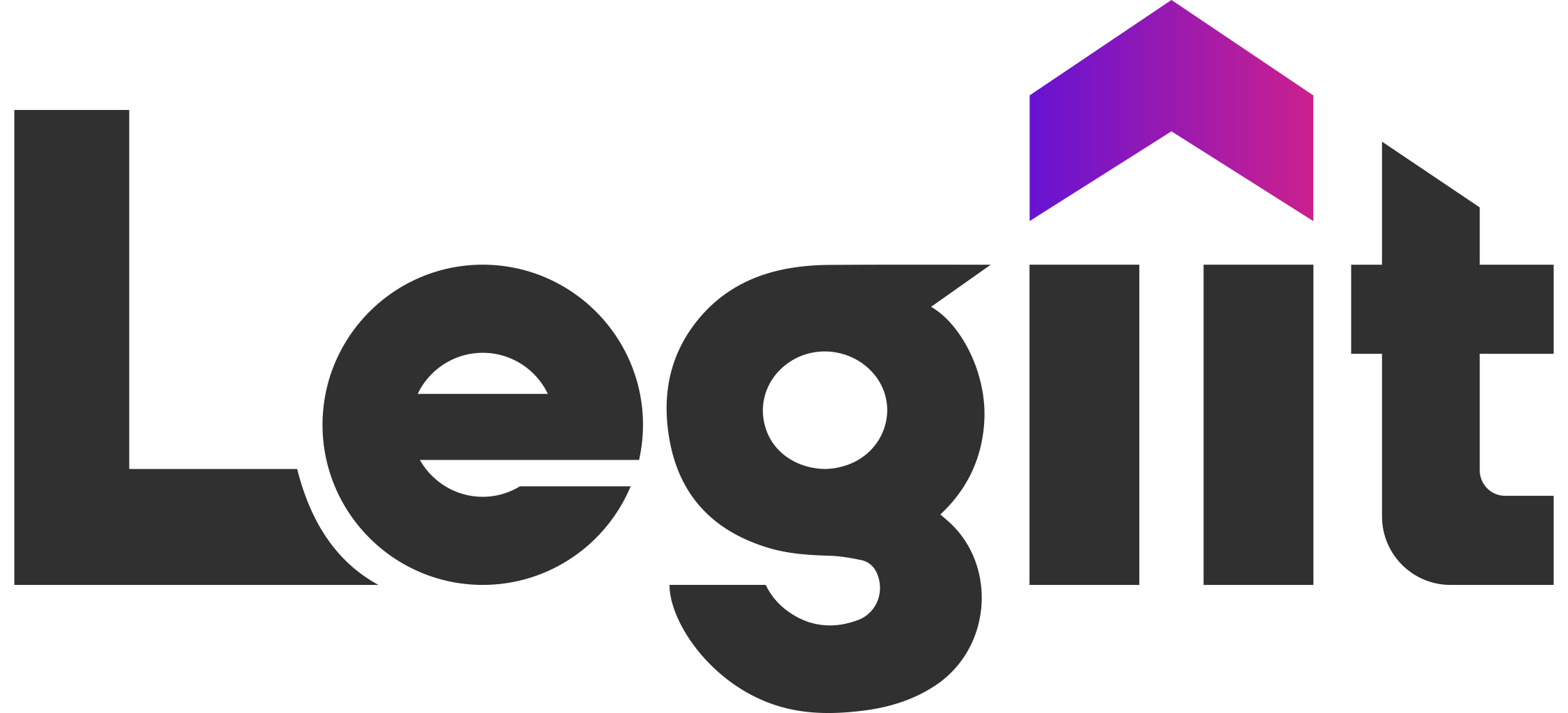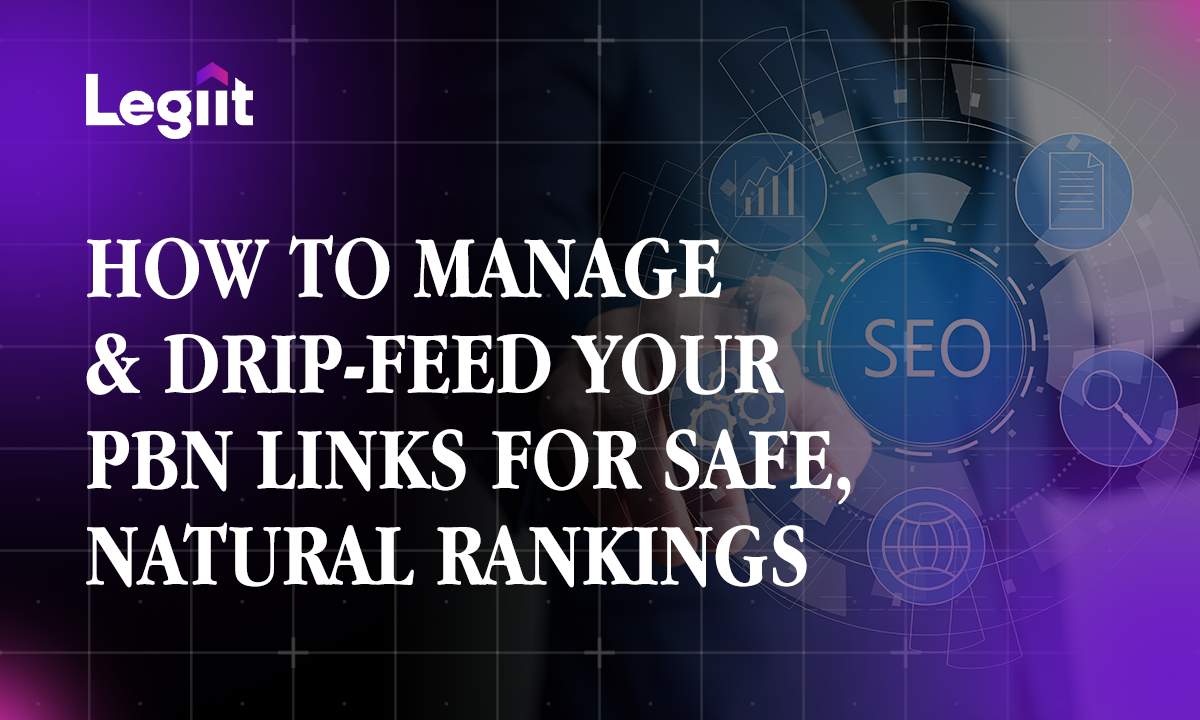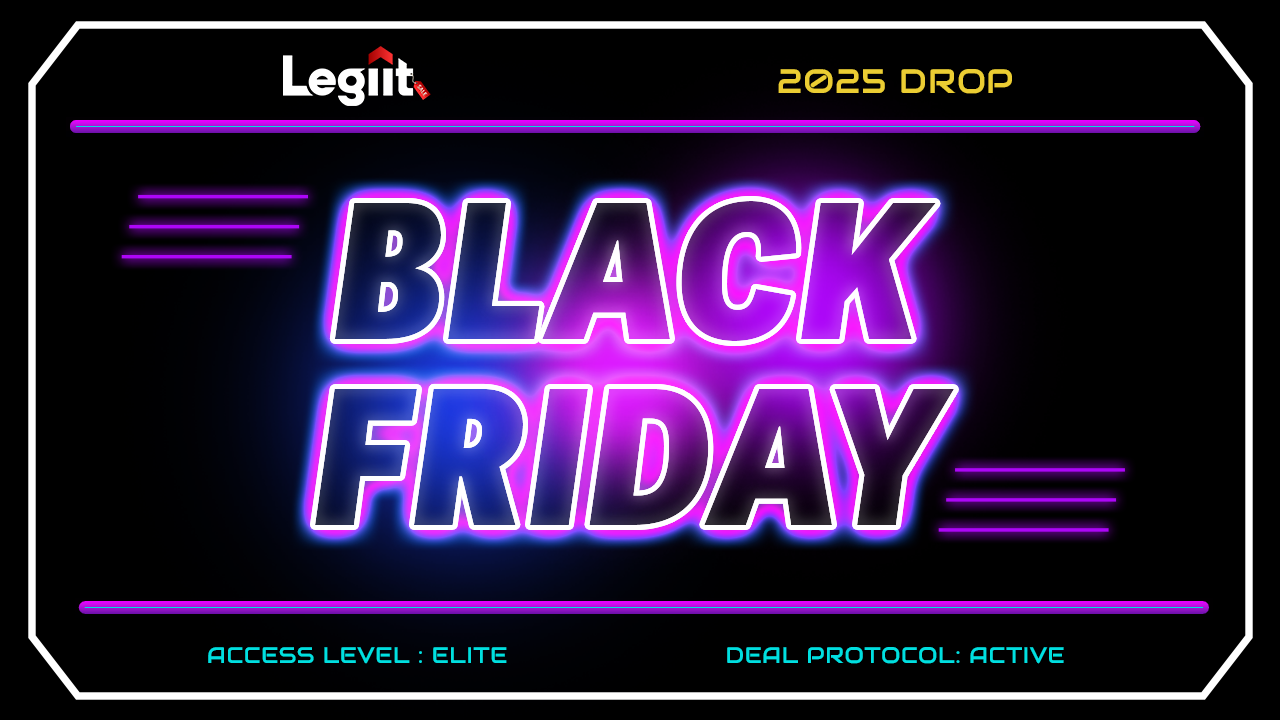Drip-feeding PBN links is not just about getting links. It's about simulating the organic, steady growth of a genuinely popular website. In the high-stakes world of Private Blog Networks, the speed at which you build links is often as critical as the quality of the links themselves.
A sudden flood of new backlinks is a blaring siren to search engines, signaling manipulation. A slow, consistent drip, however, mimics natural brand mentions and organic link acquisition.
This guide serves as your blueprint for a drip-feed strategy that prioritizes safety, avoids detection, and delivers powerful, sustainable improvements in ranking.
Drip-Feed PBN Links: The Cheat Sheet
Pressed for time? Here are the key takeaways for safe drip-feeding:
- Mimic Nature: Your primary goal is to make link growth look completely organic and untraced.
- Start Slow: Never blast a new site with a sudden influx of links. Begin with a very low velocity.
- Vary Everything: Diversity is your strongest defense. Vary link velocity, anchor text, link placement, and even the types of PBNs.
- Patience Pays: This is a long-term strategy. Aggressive, fast link building is the fastest way to get your network devalued or penalized.
- Quality Over Quantity: A few powerful, naturally dripped links are far better than dozens of spammy ones.
On This Page
- What is Drip-Feeding PBN Links (And Why It's Crucial)
- The Dangers of "Link Blasting" (And Why Google Hates It)
- Your 5-Step Blueprint for Safe Drip-Feeding
- Advanced Drip-Feeding Strategies for Pros
- Beyond the Drip: Long-Term PBN Management
- Drip-Feed PBN Links FAQs
What is Drip-Feeding PBN Links (And Why It's Crucial)
At its core, drip-feeding is the strategic release of backlinks from your Private Blog Network (PBN) to your money site over an extended period, rather than all at once. It's a fundamental concept for anyone serious about long-term PBN safety and effectiveness.
PBN Refresher: What is a Private Blog Network?
A PBN is a collection of websites that you own and control, built on aged or expired domains with existing authority. The goal is to pass some of that authority to your main "money site" to improve its search engine rankings. If you're new to PBNs, we recommend reading our Ultimate Guide to PBN Hosting first.
The "Why" Behind Drip-Feeding
Google's algorithms are incredibly sophisticated. They analyze not just what links to your site, but how those links appear over time.
- Mimicking Organic Growth: In the real world, legitimate websites earn links gradually. A sudden, unexplained spike in backlinks is highly suspicious and easily detectable as a manipulative tactic. Drip-feeding aims to replicate this natural, slow accumulation of authority.
- Avoiding Footprints: A consistent, aggressive link-building pattern is a huge footprint. By varying the timing, quantity, and type of links, you make your network appear more diverse and less like a coordinated scheme.
- Risk Mitigation: Drip-feeding reduces the risk of triggering Google's spam detection algorithms or attracting manual reviewers. It's a proactive defense against penalties.
The Dangers of "Link Blasting" (And Why Google Hates It)

If drip-feeding is the slow, steady current that propels your site forward, "link blasting" is a tidal wave that can drown it. This is the amateur's approach, and it nearly always ends in disaster.
What is Link Blasting?
Link blasting is the practice of building a large number of backlinks to a website in a very short period (days or weeks). This often involves:
- Massive Volume: Deploying dozens or hundreds of links simultaneously.
- Aggressive Anchor Text: Over-optimizing anchor text with exact-match keywords.
- Ignoring Context: Placing links indiscriminately, regardless of content relevance.
Why Google Hates It (And Why It Leads to Penalties)
Google views link blasting as a clear attempt at search engine manipulation. Their algorithms are designed to detect these unnatural patterns because they indicate a violation of Webmaster Guidelines.
- Unnatural Link Profile: Real sites don't suddenly acquire hundreds of links overnight. This behavior is a massive red flag.
- Algorithm Detection: Google's algorithms are specifically trained to identify sudden spikes in link velocity and disproportionate use of money keywords.
- Manual Reviews: Unnatural link patterns are a prime trigger for a manual review by Google's spam team, which can lead to severe penalties.
- Wasted Investment: Even if a link blast provides a temporary ranking boost, it's often short-lived and followed by a devastating crash, rendering all your effort and money worthless.
Your 5-Step Blueprint for Safe Drip-Feeding
This is your practical guide to implementing a drip-feed strategy that works.
Step 1: Define Your Link Velocity (Start Small!)
This is the speed at which you build links. It's critical to base this on your money site's age, authority, and current backlink profile.
- New Sites (0-6 months old): Start extremely slow. Think 1-2 links per month, maximum. You're trying to mimic a brand-new site just starting to gain traction.
- Established Sites (6+ months, some existing links): You can be slightly more aggressive, but still cautious. 2-5 links per month is a good starting point.
- High-Authority Sites: If your money site already has a very strong, natural link profile, you might be able to handle slightly more, but always prioritize quality over speed.
- The Rule: Always err on the side of caution. Slower is safer.
Step 2: Diversify Your Anchor Text
This is about making each link look unique. Never use the same anchor text repeatedly.
- Branded Anchors (30-40%): Use your brand name (e.g., "Legiit," "MyFitnessApp").
- Naked URLs (20-30%): Just the URL itself (e.g., www.yourdomain.com).
- Generic Anchors (10-15%): "Click here," "read more," "this website."
- Partial Match / LSI Anchors (10-20%): Keywords related to your main target (e.g., "learn about local SEO strategies" instead of just "local SEO").
- Exact Match (0-5%): Use your exact target keyword sparingly, if at all, especially on newer sites.
Step 3: Vary Your Link Placement & Context
A truly natural link isn't always at the top or bottom of a post.
- In-Content Links: The most powerful. Embed your link naturally within the body of a relevant paragraph.
- Mid-Post vs. End-Post: Mix up where in the content your link appears. Sometimes in the first few paragraphs, sometimes deeper in the article.
- Link to Internal Pages: Don't just link to your homepage. Drip-feed links to deep, relevant internal pages on your money site. This strengthens your overall site architecture.
Step 4: Diversify Your PBN Sites & Tiers
Not all PBN sites are created equal. Use a mix of different types to avoid a network-level footprint.
- Mix PBN Levels: Some links can come from "Tier 1" PBNs (more powerful, higher quality) and others from "Tier 2" PBNs (lower quality, but still useful for diversity).
- Vary Site Themes & Content: Ensure each PBN site has a unique design and distinct content focus, even within the same niche.
- Mix IP Addresses & Hosting: As covered in our PBN Hosting Guide, use a variety of hosts and IP addresses to prevent Google from connecting your network.
Step 5: Monitor and Adjust
Drip-feeding isn't a "set it and forget it" strategy. You need to watch your results and be ready to adapt.
- Track Rankings: Use a rank tracker to monitor the impact of your links.
- Analyze Google Search Console: Keep an eye on your money site's link profile for any warnings or unusual activity.
- Patience: Give your links time to work. SEO results are rarely instantaneous.
Advanced Drip-Feeding Strategies for Pros
Once you've mastered the basics, here's how to take your drip-feeding to the next level.
Tiered Link Building: The Pyramid of Power
This is about building links to your PBNs to increase their authority, which then flows to your money site.
- Tier 1: Your PBN sites that link directly to your money site.
- Tier 2: Links built to your Tier 1 PBNs (e.g., Web 2.0s, social profiles, lower-quality guest posts).
- Tier 3: Links built to your Tier 2 links.
- How to Drip: Drip-feed links into Tier 2 and Tier 3 even more slowly than your Tier 1 PBN links. This builds the foundational authority that ultimately benefits your money site.
Content Refresh and Link Re-contextualization
Keep your PBN content fresh and relevant.
- Update Old PBN Posts: Periodically go back and update older posts on your PBN sites. You can then add new, relevant links to your money site (or other Tier 1 PBNs) from these refreshed articles.
- Vary Link Context: Don't just link from brand new posts. Occasionally, edit an existing, aged PBN post to naturally insert a new link to your money site. This looks incredibly natural to Google.
Leveraging Expired Domains for "Instant" Drip
When acquiring new expired domains for your PBN, consider their existing backlink profile.
- The Strategy: A domain with a healthy, diverse existing backlink profile can sometimes pass authority to your money site more quickly, as long as its internal content is fresh and relevant.
- How to Drip: Even with powerful expired domains, still drip-feed your links from them. The authority is inherent, but the delivery must still appear natural.
Beyond the Drip: Long-Term PBN Management
Drip-feeding is a tactic, but it's part of a larger strategy. Your PBN is an asset that requires ongoing care.
- Ongoing Footprint Avoidance: Regularly audit your network for any emerging footprints (shared IPs, identical themes, etc.).
- Content Maintenance: Keep PBN sites updated with fresh, relevant content to maintain their perceived legitimacy.
- Performance Monitoring: Ensure PBN sites load quickly and are always online. Downtime reduces their link value.
Drip-Feed PBN Links FAQs
What exactly does "drip-feeding" mean in PBNs?
Drip-feeding means building backlinks from your PBN sites to your money site gradually over an extended period (weeks or months), rather than all at once. This mimics natural link acquisition.
Why is drip-feeding crucial for PBN safety?
It helps avoid detection by Google's algorithms. A sudden, unnatural spike in backlinks is a major red flag for manipulation, whereas a slow, steady increase looks organic.
How fast should I drip-feed PBN links?
It depends on your money site's age and authority. For new sites, start very slow (1-2 links per month). For established sites, you can gradually increase to 2-5 links per month. Always prioritize caution over speed.
What are the biggest risks of not drip-feeding?
The biggest risks are triggering Google's spam detection algorithms, resulting in a manual penalty or algorithmic de-indexing of your money site, and wasting your entire investment.
Does drip-feeding guarantee my PBN won't be detected?
No, no strategy guarantees 100% immunity. However, drip-feeding significantly reduces the risk by making your link profile appear natural and less manipulative.
Can I drip-feed other types of links, not just PBNs?
Yes, the principle of drip-feeding applies to all forms of link building, including guest posts, niche edits, and **************. A natural backlink profile always grows steadily.
Need Expert Help with Your PBN Strategy?
Drip-feeding PBN links successfully requires precision, patience, and a deep understanding of risk mitigation. Don't risk your entire investment on a guessing game.
On Legiit, you can find battle-tested SEO experts who specialize in PBN strategy and safe link deployment. They can help you implement a drip-feed approach that ensures your rankings climb safely and sustainably.
Find a PBN Link Building Expert on Legiit















 Download
Download